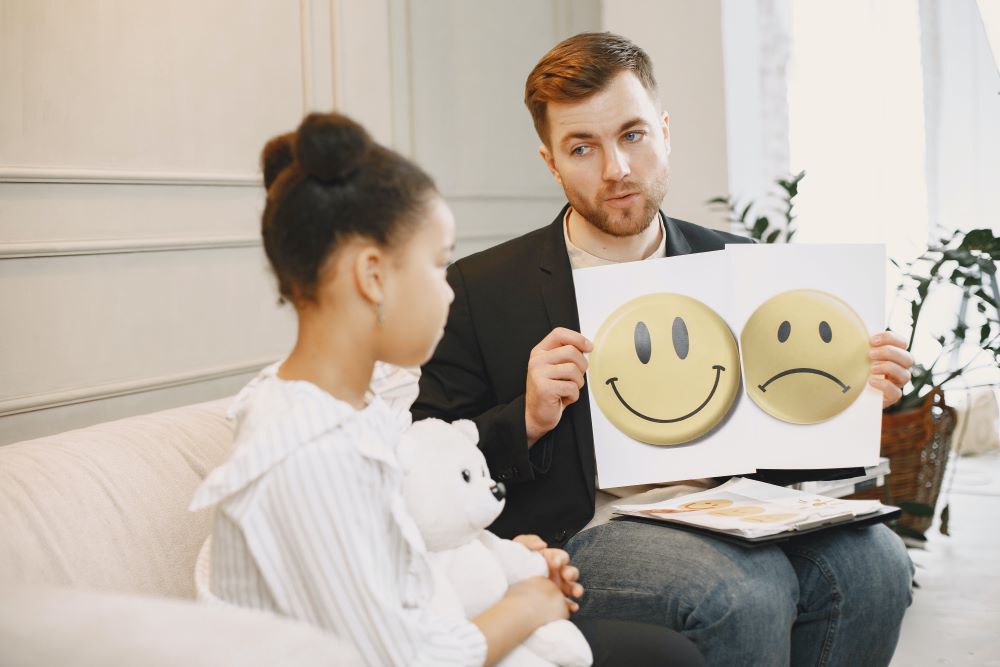Survivors of shootings are substantially more likely to develop health problems.
As of 2020, gunshot wounds have been the leading cause of death among children (ages 1 to 19) in the United States. Over 48,000 people were killed by gun violence in 2022. It is no secret the mounting deaths from shootings are horrific and devastating. What about all the survivors? An average of about 85,000 Americans survive firearm injuries every year, and more than 100,000 American children attended a school where a shooting took place in 2018 and 2019. They are labeled the “lucky ones” for escaping death while others had their lives cut short. But for the survivors, it is not always easy to feel so lucky when they face hardships which persist well into the future.
A recent survey by a health policy research nonprofit, KFF demonstrated the brutal reality: “Most Americans say they or a family member has experienced gun violence, including witnessing a shooting, being threatened by a person with a gun or being shot.” This study was among the first to examine the effects of a shooting on the entire family of children survivors. It studied the health impacts as well as the financial implications.
A study in Health Affairs found that children survive after being shot were more than twice as likely than their peers to face pain disorders in the year following the shooting. Not only did the children report experiencing physical pain, but the mental health consequences were equally heartbreaking. The child survivors (ages 19 and younger) were 68% more likely to face mental health issues than their non-shooting-survivor counterparts and 144% more likely to develop a substance use disorder.

Another study researched the effects on youth mental health, education, and earnings based on 44 U.S. school shootings between 2008 and 2013. The study found that the antidepressant prescriptions written to adolescents under the age of 20 were an average of 21.3% higher from providers practicing within five miles of a fatal school shooting than providers further (10 to 15 miles away) in the two to three years following a shooting compared to the two years before.
It is not only children who face hardships after surviving shootings. The National Center for PTSD estimates that about 28 percent of people who witnessed a mass shooting are diagnosed with post-traumatic stress disorder (PTSD) and about a third develop acute stress disorder. At least one study shows that the survivors of mass shootings are at a greater risk for persisting mental health disorders like PTSD than those who experienced other traumatic events like natural disasters. The psychiatric impacts applied to the parents of gun-injured children as well. The parents of gun-injured children were 30% more likely to have a psychiatric disorder and the mothers had 75% more mental health visits compared to other mothers.
The enduring substantial costs for the families of children who survive cannot easily be ignored. It is commonly necessary for survivors of gunshot wounds to need continuing care, including but not limited to work with prosthetic makers, physical therapists, occupational therapists, and psychiatrists. This specialized care often requires routinely traveling far away for appointments, which poses issues like travel costs, missing work, and running into hospitals that are out of range both by insurance and physical access. The specialized hospitals and treatment centers may not be within reach for those who rely on public transportation due to the frequently far distance away from their homes and localities. This is especially true for those living in rural areas. Adding another difficulty for people to reach their medical appointments, public transportation can often be difficult for those with wheelchairs or prosthetics. One figure that displays the financial hardships shows that young children who were shot but survived a shooting carried an average of $35,000 in healthcare costs.
The American Psychological Association suggests, “long-term outcomes for survivors of mass shootings are improved with the help of community connections and continuing access to mental health support.” In particular, memorial events such as vigils, especially those that are student or community-led, are helpful to survivors in the aftermath of mass violence. Ongoing mental health assistance efforts and opportunities for communities to heal together are crucial.
Sources:
Children who survive shootings endure huge health obstacles and costs
Most Americans Say They or a Family Member Has Experienced Gun Violence
Surviving a school shooting: Impacts on the mental health, education, and earnings of American youth


Join the conversation!